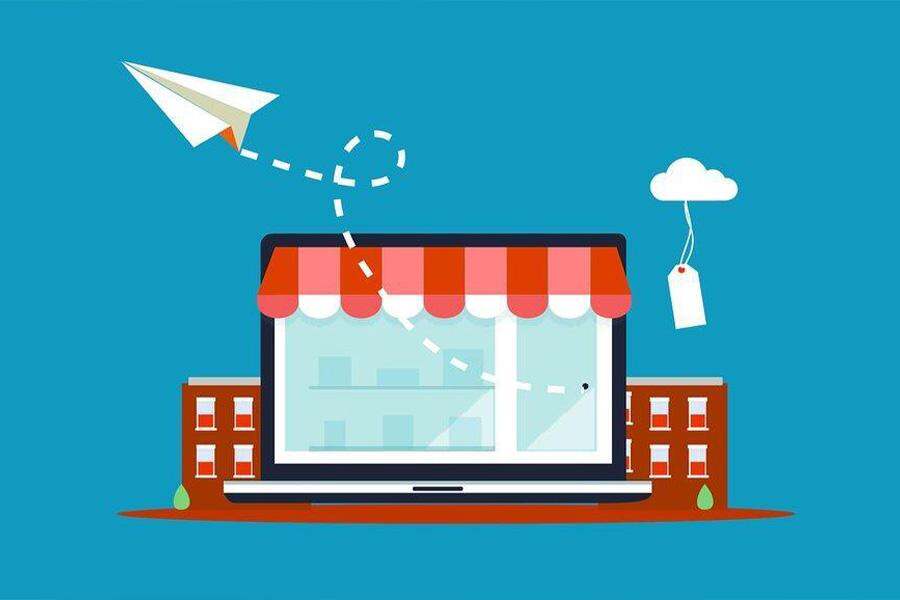Customer satisfaction is essential in business because the sales process doesn’t end with one customer or encounter. Rather, selling a product involves finding the right customer base and retaining them with quality products and great service.
In order to do this effectively, this article delves into the world of upselling and cross-selling of products to see how they can improve your business model. It explains what they mean, how they work, and why they are important for businesses that want to boost their sales while also maintaining high levels of customer satisfaction.
Table of Contents
What are upselling and cross-selling?
How can businesses upsell and cross-sell?
Common examples of upselling and cross-selling
Boost sales with upselling and cross-selling today
What are upselling and cross-selling?
Upselling is a sales technique that employs marketing higher-end alternatives to customers. Customers understand that a particular product on offer may cost more than another, but a limited number of people may prefer the more expensive alternative. A typical example here could be smart phones, where a phone brand could offer various models, with a range of upgradable features for those who can afford the higher price tag.
In this way, upselling can benefit both the business and the customer. For the business, it can increase revenue as the profit margins can be higher on the upgraded products. It has been noted that Upselling can increase sales by up to 30%, and for companies that use this technique, it can be credited with 70% to 90% of revenue. But for consumers this is good too, as it offers a line of products to match most budgets.
Cross-selling, on the other hand, involves pitching items or products to a customer that would further complement a product they are already interested in. It entails understanding a product and then increasing customer satisfaction by offering products that would make the initial product either work better or make it all the more worthwhile.
An illustration of this technique would be a customer aiming to purchase a mobile phone. But unlike in the former example, instead of pitching a version with more features, the seller can offer high-quality earphones or a Bluetooth speaker for better audio.
Upselling and cross-selling are therefore similar in that they increase profits and customer satisfaction, but they achieve this same outcome in different ways. Upselling pitches a better product than the original, while cross-selling maintains the original but suggests other products that would complement it.
How can businesses upsell and cross-sell?
Businesses can upsell and cross-sell their products by following these four strategies.
Upsell by narrowing down the choices
A good way to achieve this would be by limiting the range of products on offer. Having many options to choose from can make picking something very grueling. However, reducing the number of options can keep the choice simple while nudging the customers towards the higher-end version. For example, if a customer visiting an eCommerce store opts to buy a regular or low-tier Android phone with 5.3 inches at $250, the seller can offer an upgraded version with 7 inches at $350—which is clearly a better value purchase. The idea is not to push the customer upward, however, but to make it hard for those who have the budget not to see the value in upgrading their purchase.
Highlight the value of upselling with clear offers
During the advertising and marketing of products, businesses should highlight the key features of each product in a clear and concise way, allowing room for questions and clarification from the customer.
Take the Apple website for instance, where Apple shows all the features of each model they sell, with easy comparisons between the models. This approach allows the customer to find all the info they need, and to feel quite confident in their own decision to be ‘upsold’ a higher-end product. And it offers a refreshing break from pushy salesmen.
Offer product bundles to reduce complex decision-making
Bundling several products together is a great way to upsell effectively while removing the hassle that could potentially come with it. The product bundle reveals all the products that complement each other and acts like a packaged deal.
Always remember to utilize post-purchase cross-selling
Post-purchase cross-selling involves following up with the customer on new deals and products they might find interesting or useful through email or other means. The goal of this approach is therefore to incorporate a strategy to get customers and keep them, ensuring they are always satisfied and come back for repeat purchases.
Make use of price anchoring
Price anchoring uses a dummy price to entice customers to go for a specific option because it may seem like better value in comparison to another product. For example, a retailer using the strategy could place a 58 inch TV screen for $900 next to a 60 inch TV screen for $920—which is the product with the anchor price. In this scenario, the $900 TV nudges the buyer to go for the $920 TV because it seems like a more valuable purchase.
Common examples of upselling and cross-selling
Online stores

A key approach for online stores involves offering suggestions related to items already in the buyer’s shopping basket, as well as discounts on upgrades, making it a great way to incorporate upselling or cross selling marketing into one’s online platform. For example, a customer could be browsing items on an online store, when they see a pop-up asking them if there may be something else they could be interested in. This is the “But wait. There’s more!” section of sales, and is a great way to boost revenue.
Customer success managers
Upselling and cross-selling could also happen when the customer comes in contact with a salesperson and has been shopping at a particular store or using a product for a while.
In such cases, customer success managers could suggest products to the customers, as well as collecting their details and contacting them later through email to offer help when needed.
Consumer knowledge base

Finally, customers usually visit online stores, vlogs/blogs, and even YouTube videos for ideas on products they should buy. The customer success managers could create a database of consumer purchases and perhaps tailor this to their shopping history, and this can prove a great opportunity to pitch products or upgrades to consumers.
Boost sales with upselling and cross-selling today
Upselling and cross-selling increase profits for businesses, while bringing greater value to customers at the same time. And while cross-selling and upselling aren’t exactly the same thing, they can be used together or as a follow-up to one another. For example, if a retailer tries to upsell a product to a customer and the person declines, they can still increase revenues by cross-selling to offer the customer goods that go well with their initial purchase. Either way, businesses can use these techniques to boost profits and improve their product line for customers, and as such they should be a key part of every business strategy.



